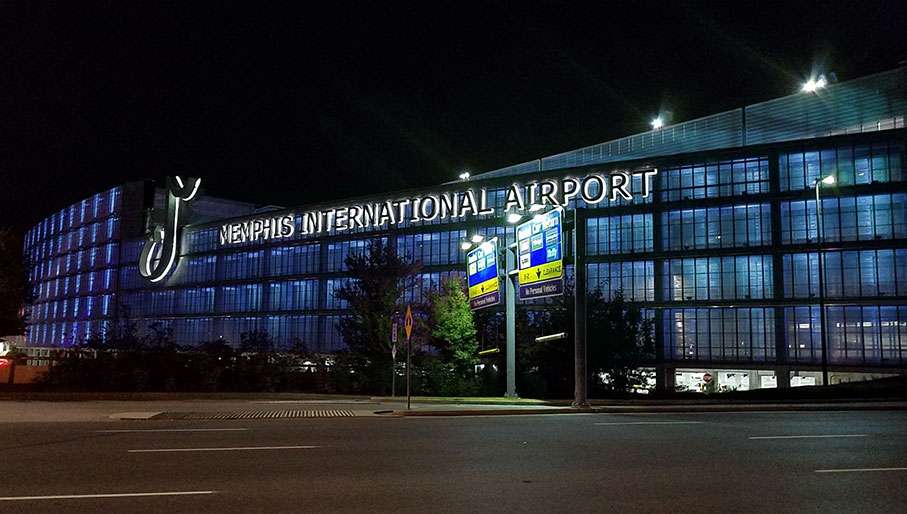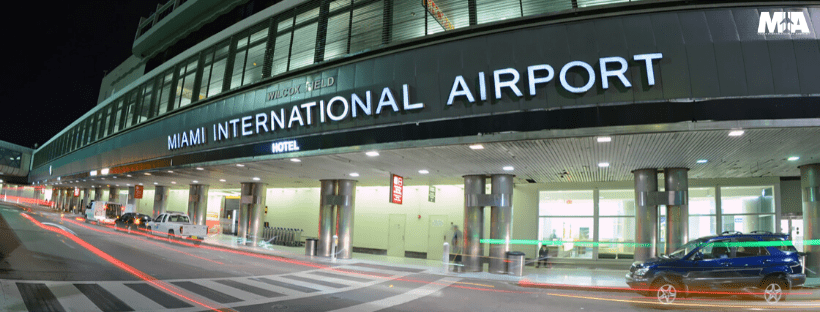
Busiest Cargo Airports in the U.S. – Top Hubs Driving Air Freight
Airports play a crucial role in global trade, serving as essential hubs for cargo movement and ensuring timely deliveries across industries. The United States hosts several of the busiest cargo airports in the world, facilitating the transport of high-value goods, raw materials, and essential supplies. From coast to coast, these airports contribute significantly to both national and international commerce. Here’s a closer look at the busiest cargo airports in the U.S. and their impact on logistics.
(For a global perspective, check out the busiest airport in the world by cargo and how it compares to U.S. hubs.)
1. Memphis International Airport (MEM) – The Nation’s Cargo Leader
 Source – Facebook
Source – Facebook
Memphis International Airport (MEM) consistently ranks as the busiest cargo airport in the U.S. This is largely due to its status as FedEx’s primary global hub, handling millions of metric tonnes of freight annually.
- Total Cargo Handled (2023): 3,381,211 metric tonnes
- FedEx Operations: The company employs over 11,000 people at its Memphis hub, making it the largest air cargo operator at MEM.
- Facilities: Cargo East includes a 1.4 million square feet ramp area with ample secure storage and leasing options for businesses.
2. Ted Stevens Anchorage International Airport (ANC) – The Gateway Between Asia and North America

Source – Facebook
Located in Alaska, Ted Stevens Anchorage International Airport (ANC) serves as a key transit point for cargo flights between Asia and major U.S. cities. Due to its strategic location, many airlines stop here to refuel while optimizing cargo loads.
- Total Cargo Handled (2023): 3,380,374 metric tonnes
- Strategic Importance: Anchorage serves as a midway refueling stop for flights between Tokyo, New York, and other major hubs.
- Cargo Growth: Compared to 2019, cargo volume increased by 23% but saw a slight decline of 2.4% from 2022.
3. Louisville Muhammad Ali International Airport (SDF) – The UPS Hub

Source – Facebook
As the global hub for United Parcel Service (UPS), Louisville Muhammad Ali International Airport (SDF) is a powerhouse in air cargo logistics.
- Total Cargo Handled (2023): 2,727,820 metric tonnes
- UPS Operations: This massive facility enables UPS to sort and dispatch shipments worldwide efficiently.
- Infrastructure: The airport has three cargo areas spanning 2.6 million square feet, plus a 3.5 million square foot aircraft ramp area.
4. Miami International Airport (MIA) – The Gateway to Latin America

Source – Facebook
Miami International Airport (MIA) is the primary hub for air cargo trade between the U.S. and Latin America, handling a vast array of goods from pharmaceuticals to perishable food products.
- Total Cargo Handled (2023): 2,525,591 metric tonnes
- Trade Dominance: MIA processes 85% of all U.S. air imports and 80% of all air exports to Latin America and the Caribbean.
- IATA Recognition: It is designated as a pharmaceutical freight hub, ensuring the safe handling of temperature-sensitive medical shipments.
5. Los Angeles International Airport (LAX) – The West Coast Powerhouse

Source – Facebook
Los Angeles International Airport (LAX) serves as a major cargo hub for trans-Pacific trade, making it one of the busiest airports for air freight in the United States.
- Total Cargo Handled (2023): Over 2.13 million tons
- Leading Cargo Carriers: FedEx dominates freight operations, with major contributions from Atlas Air, Polar Air Cargo, and Kalitta Air.
- Trade Value: In 2022, cargo trade at LAX was valued at $153.13 billion, with exports at $61.46 billion and imports at $91.67 billion.
Conclusion
These five airports serve as vital nodes in the global supply chain, enabling the seamless movement of goods across continents. Whether through express shipping, international freight forwarding, or specialized cargo services, these airports ensure that businesses stay connected and supply chains remain robust. As e-commerce and global trade continue to expand, these cargo hubs will only grow in importance, further cementing their roles in international logistics.
For logistics businesses and supply chain professionals, understanding the strengths and capabilities of each airport can help optimize shipping routes, reduce transit times, and improve overall efficiency. As the air cargo industry evolves, these airports will continue to be at the heart of trade and transportation in the U.S.



